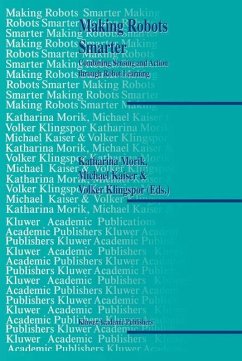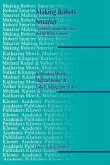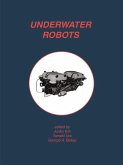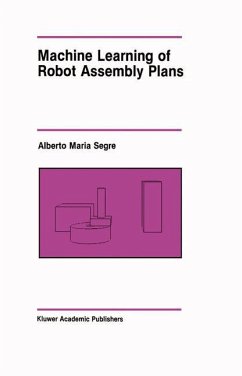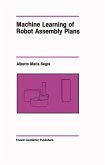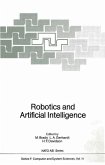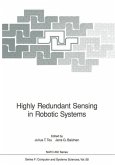Making Robots Smarter is a book about learning robots. It treats this topic based on the idea that the integration of sensing and action is the central issue. In the first part of the book, aspects of learning in execution and control are discussed. Methods for the automatic synthesis of controllers, for active sensing, for learning to enhance assembly, and for learning sensor-based navigation are presented. Since robots are not isolated but should serve us, the second part of the book discusses learning for human-robot interaction. Methods of learning understandable concepts for assembly, monitoring, and navigation are described as well as optimizing the implementation of such understandable concepts for a robot's real-time performance.
In terms of the study of embodied intelligence, Making Robots Smarter asks how skills are acquired and where capabilities of execution and control come from. Can they be learned from examples or experience? What is the role of communication in the learning procedure? Whether we name it one way or the other, the methodological challenge is that of integrating learning capabilities into robots.
In terms of the study of embodied intelligence, Making Robots Smarter asks how skills are acquired and where capabilities of execution and control come from. Can they be learned from examples or experience? What is the role of communication in the learning procedure? Whether we name it one way or the other, the methodological challenge is that of integrating learning capabilities into robots.

